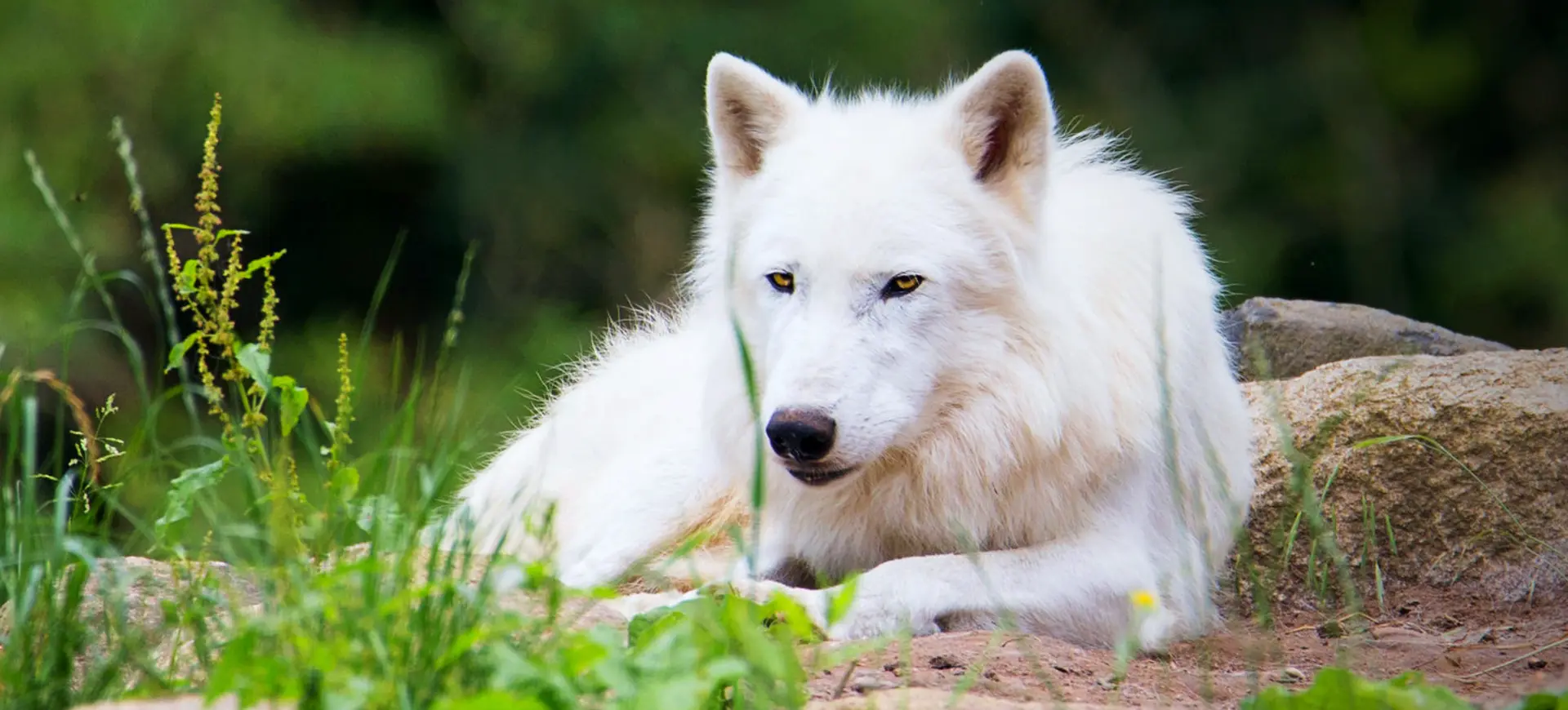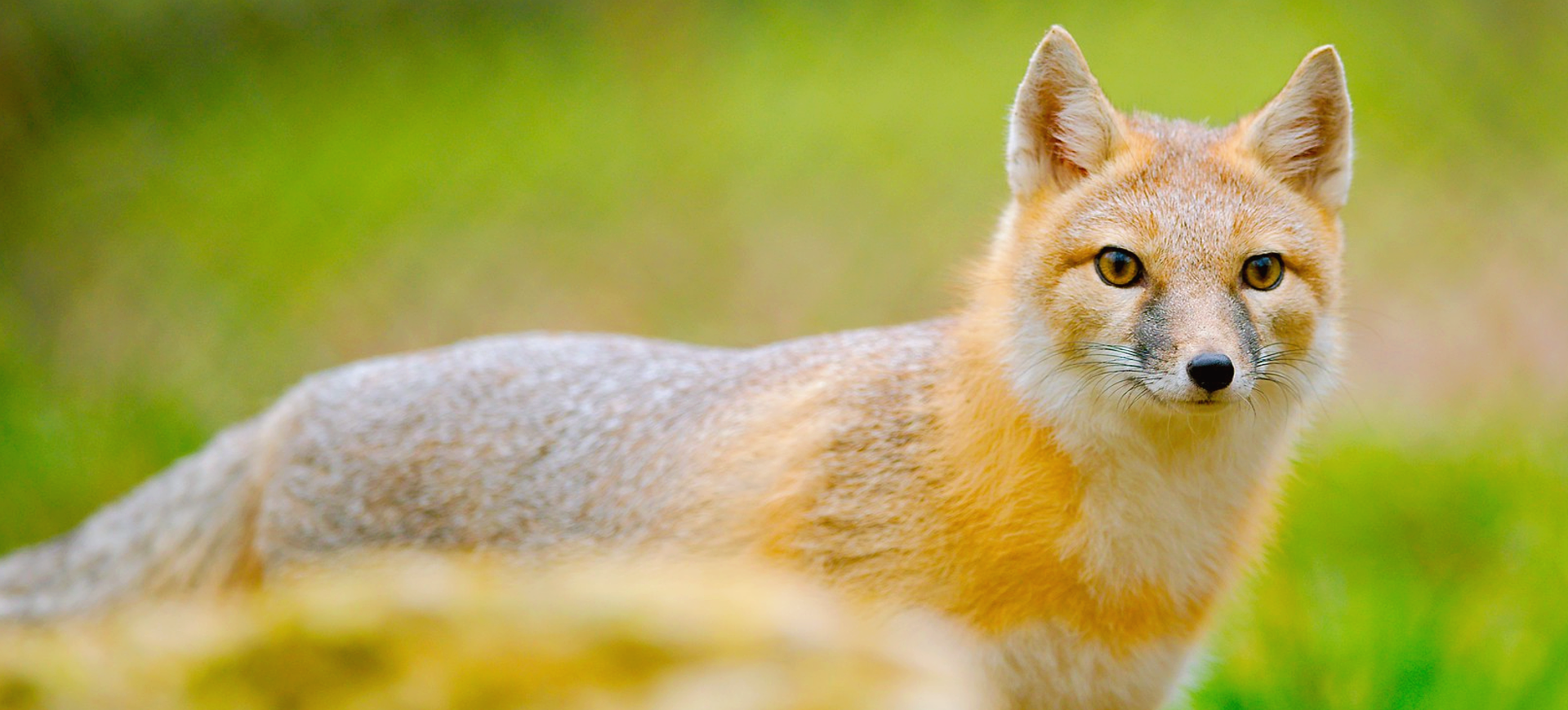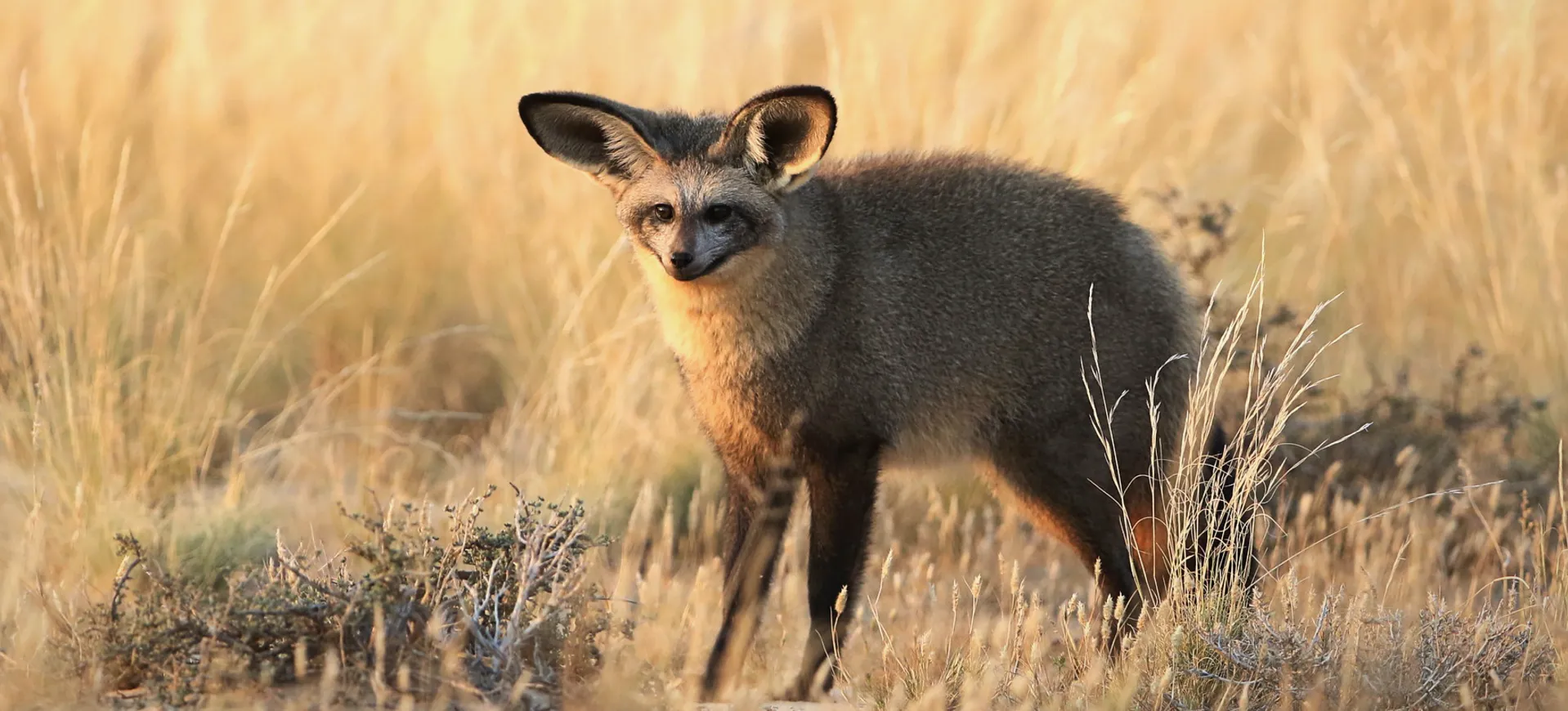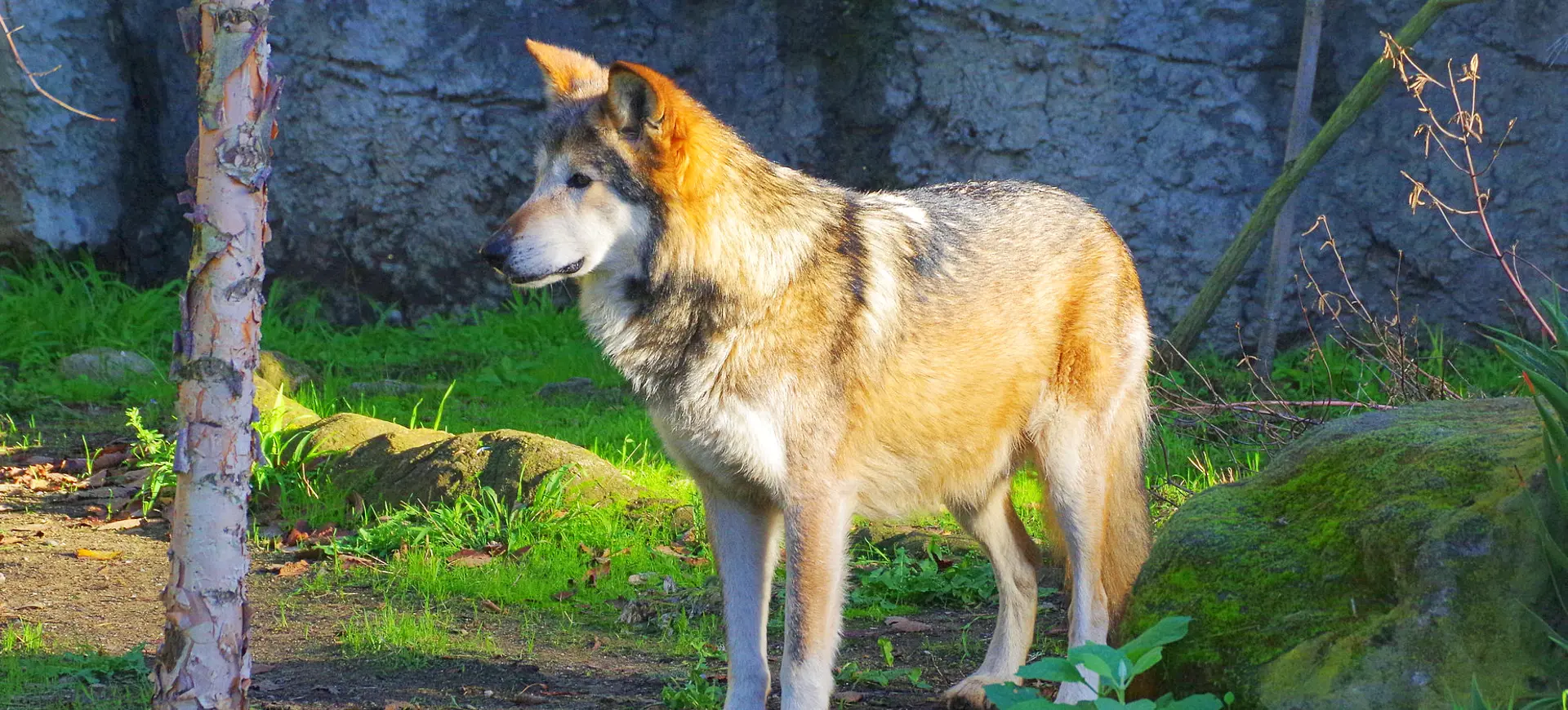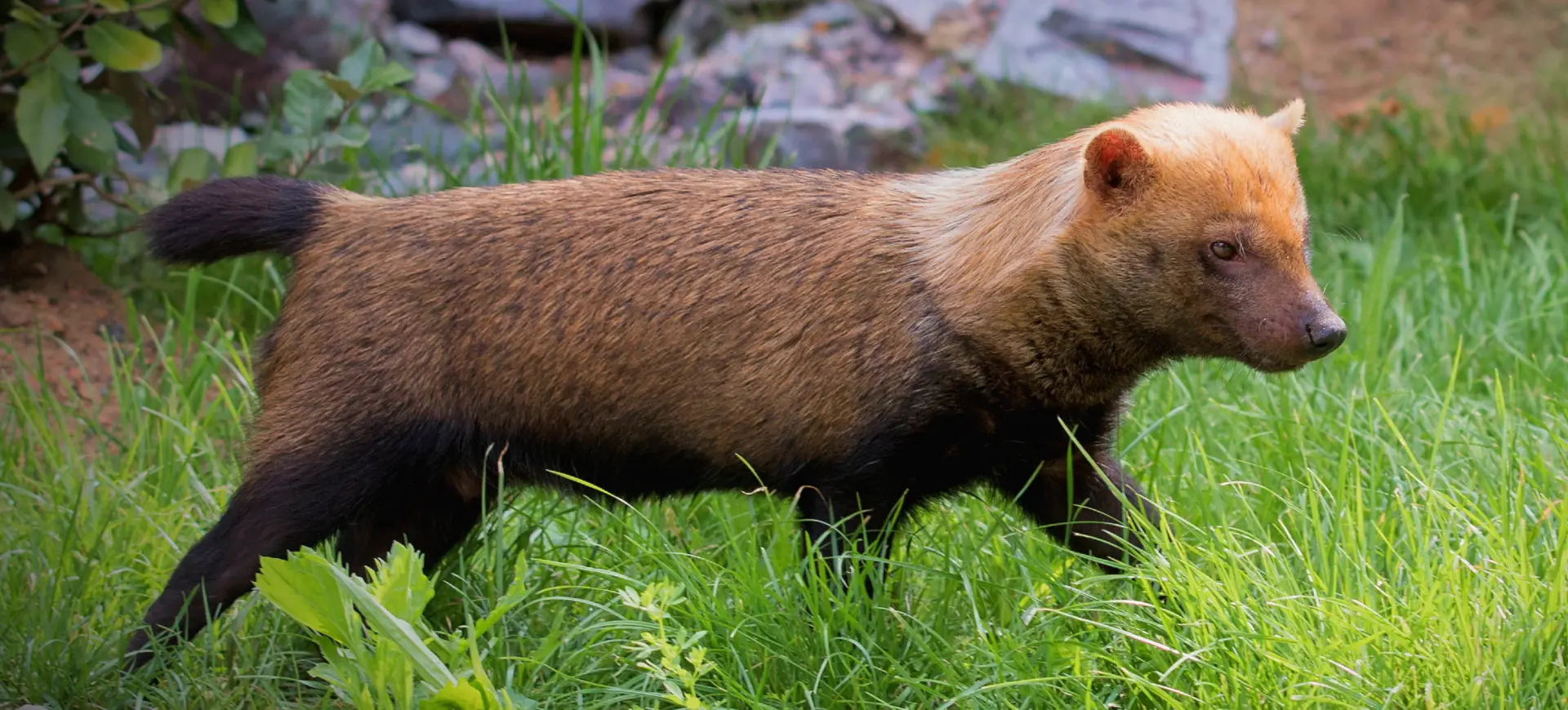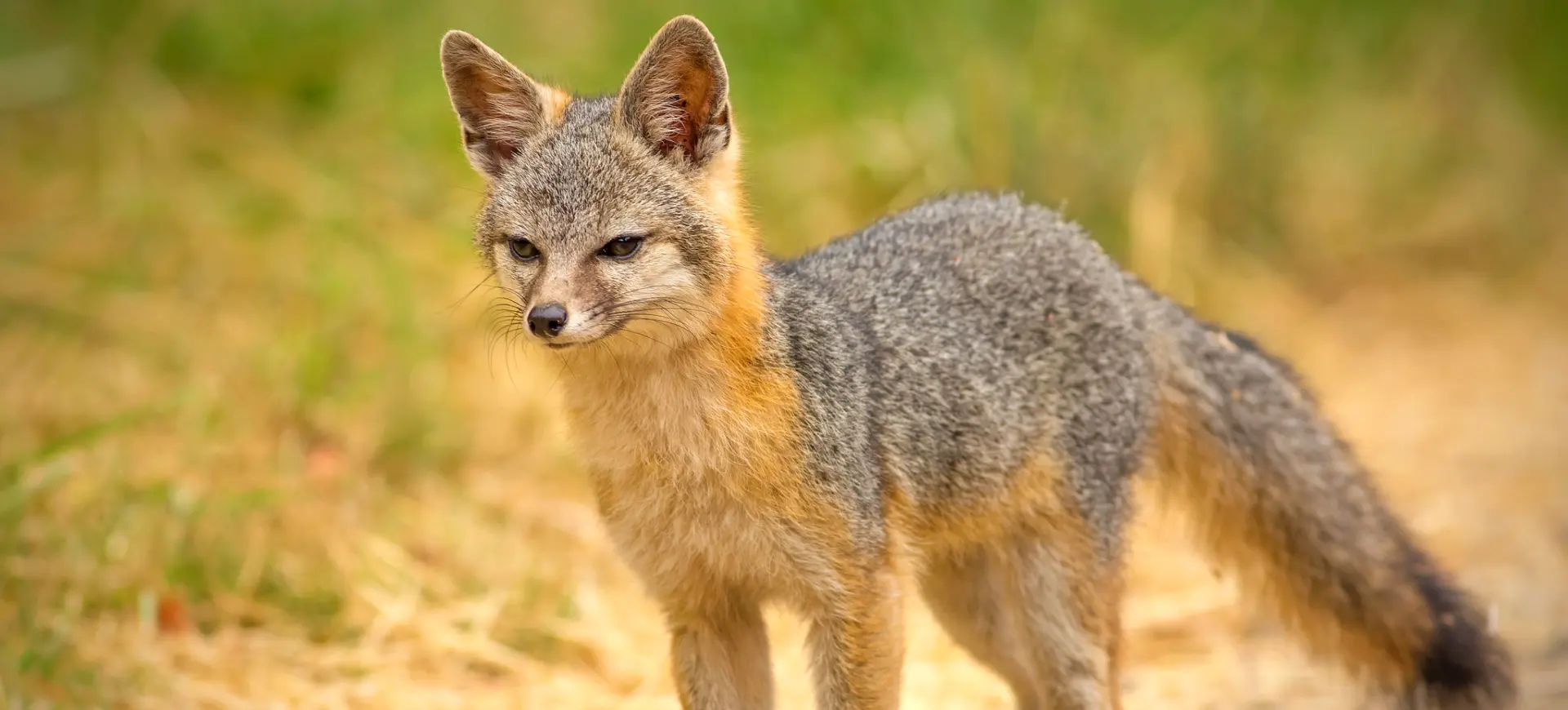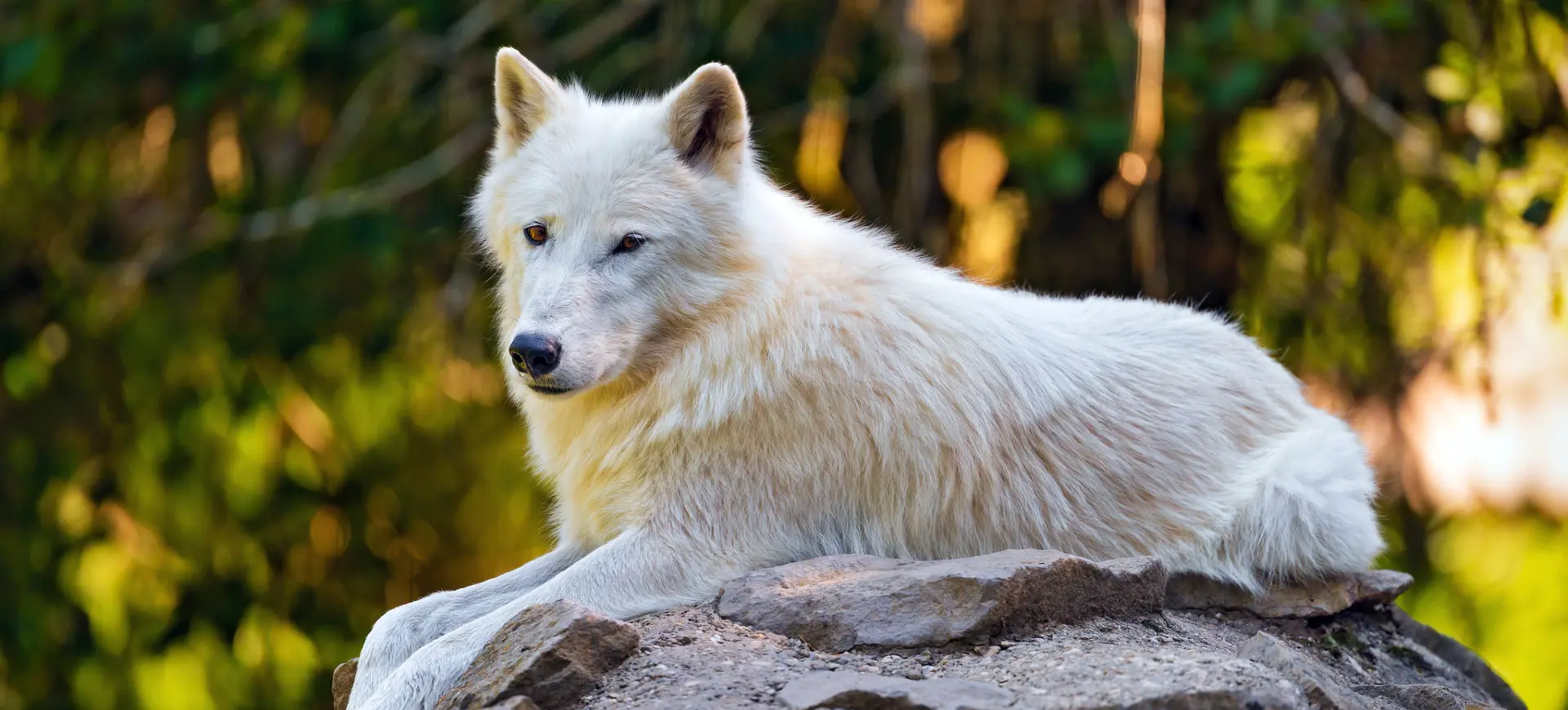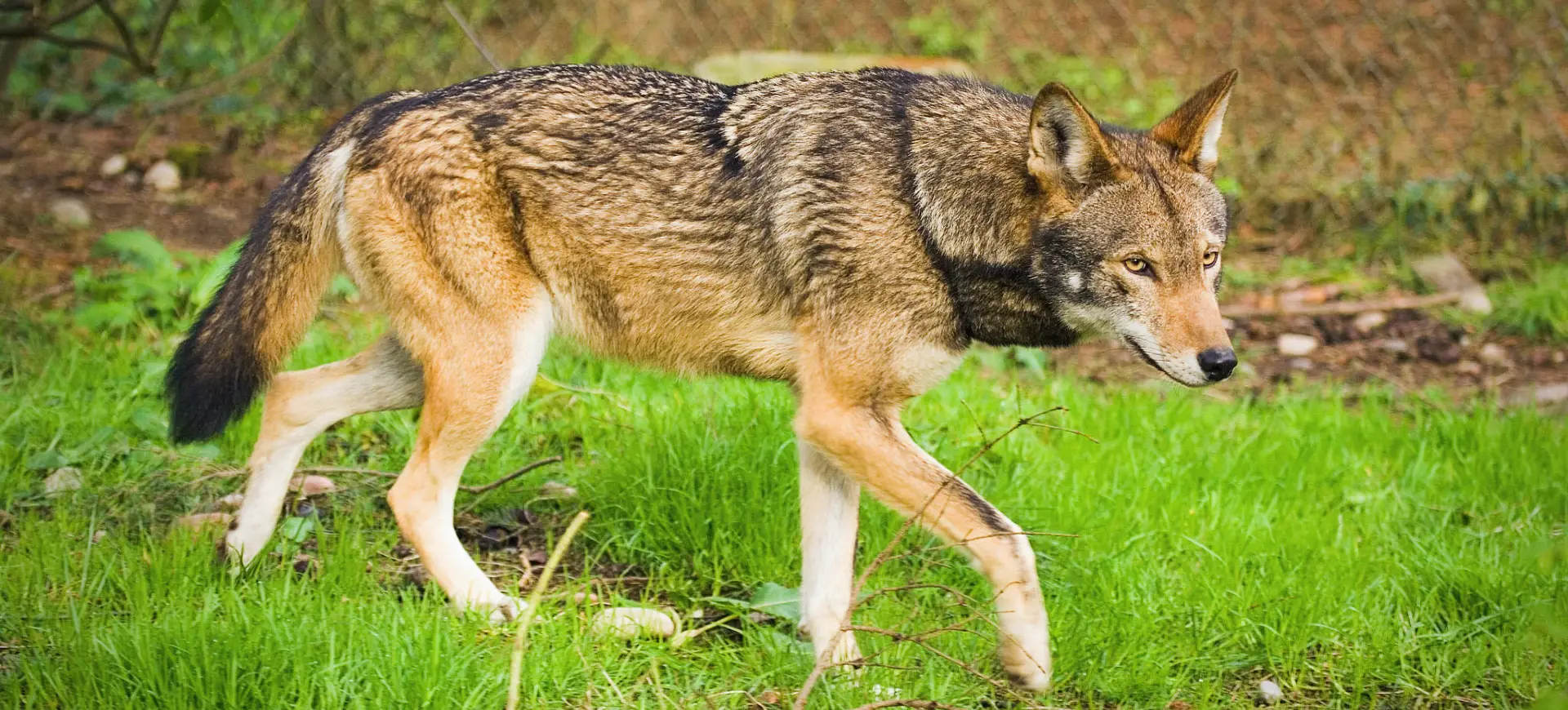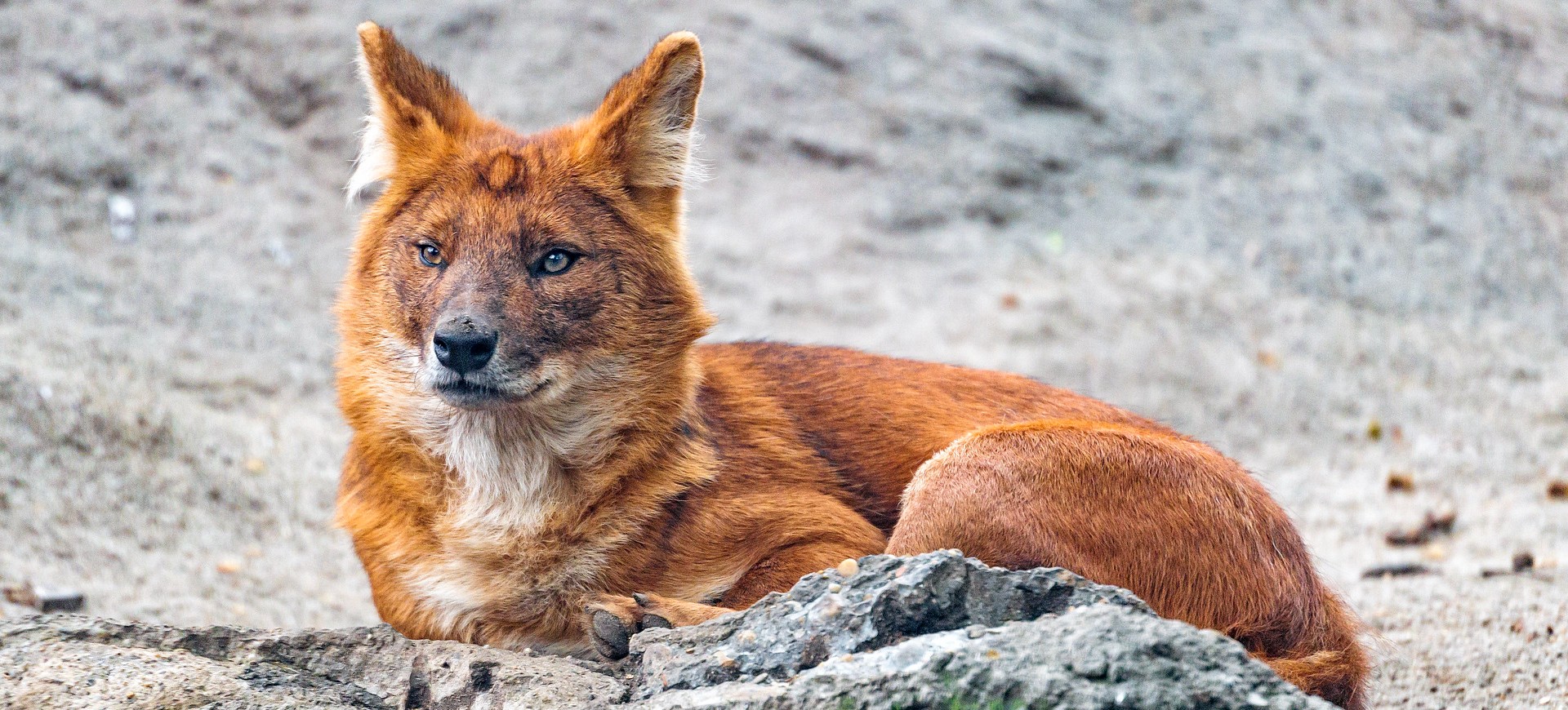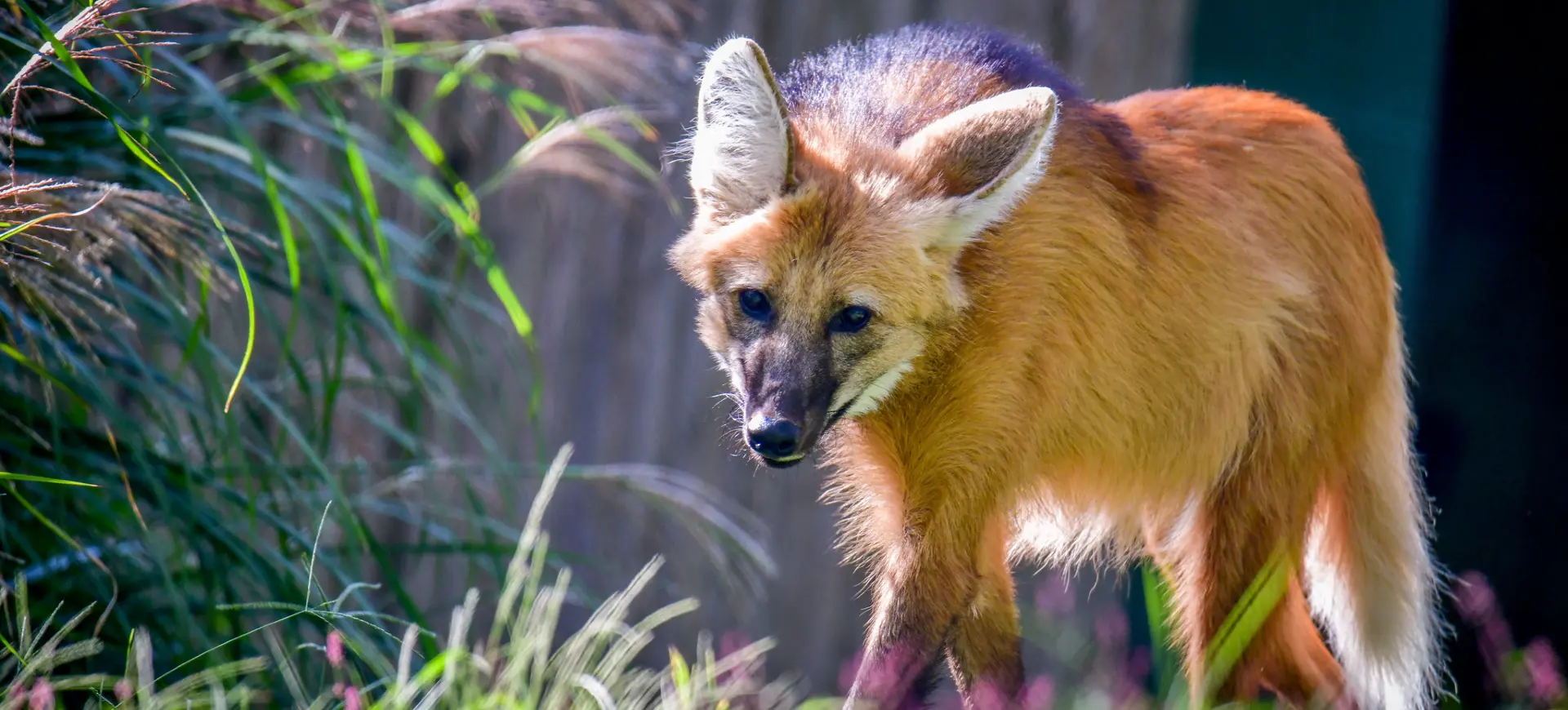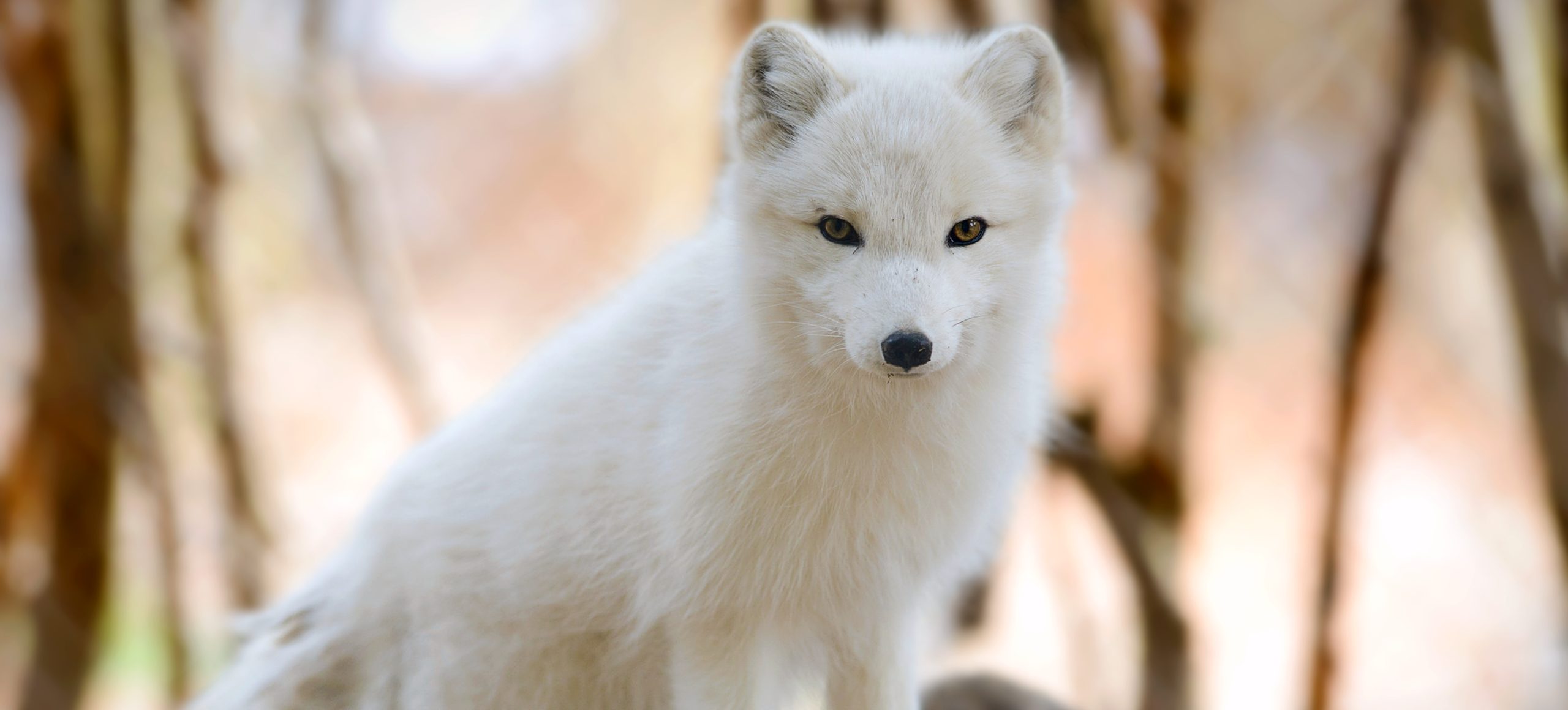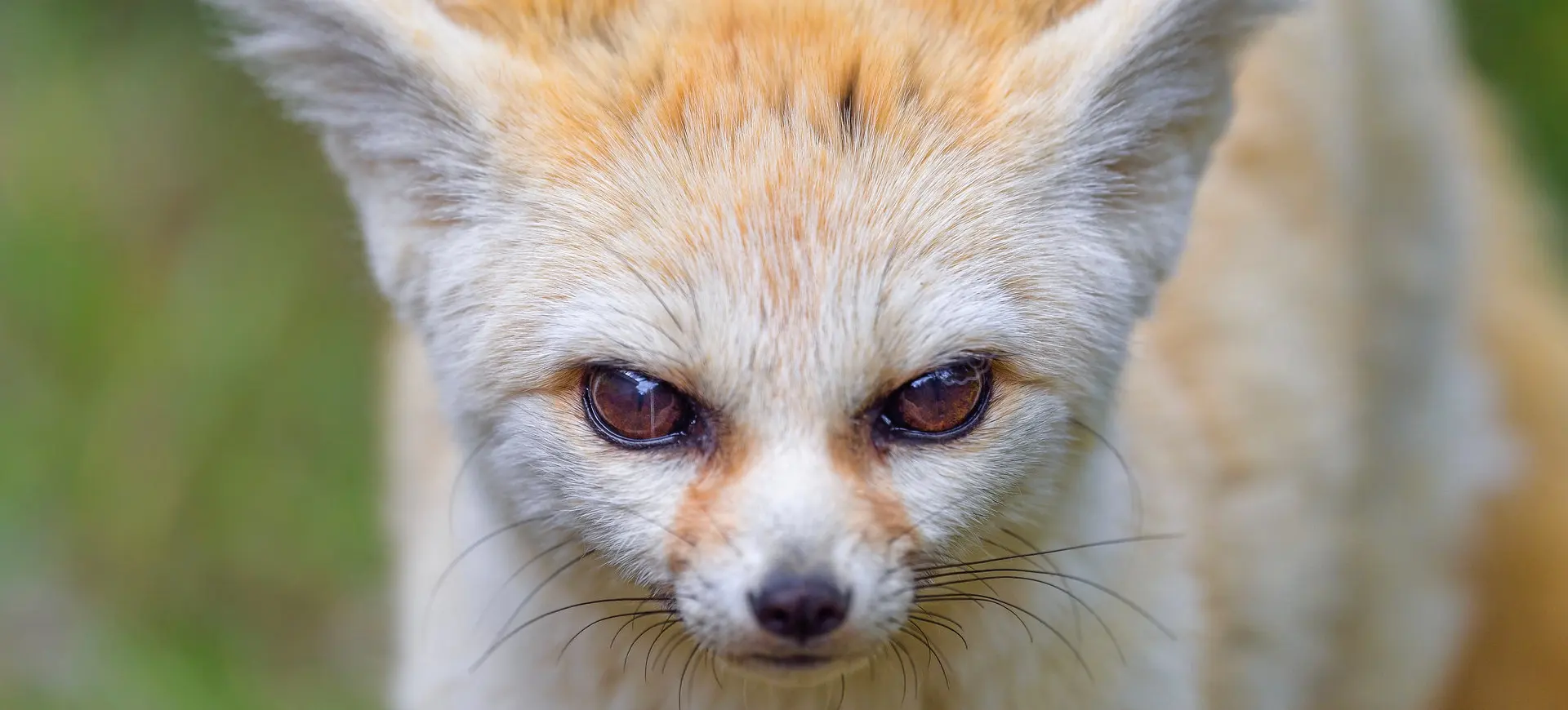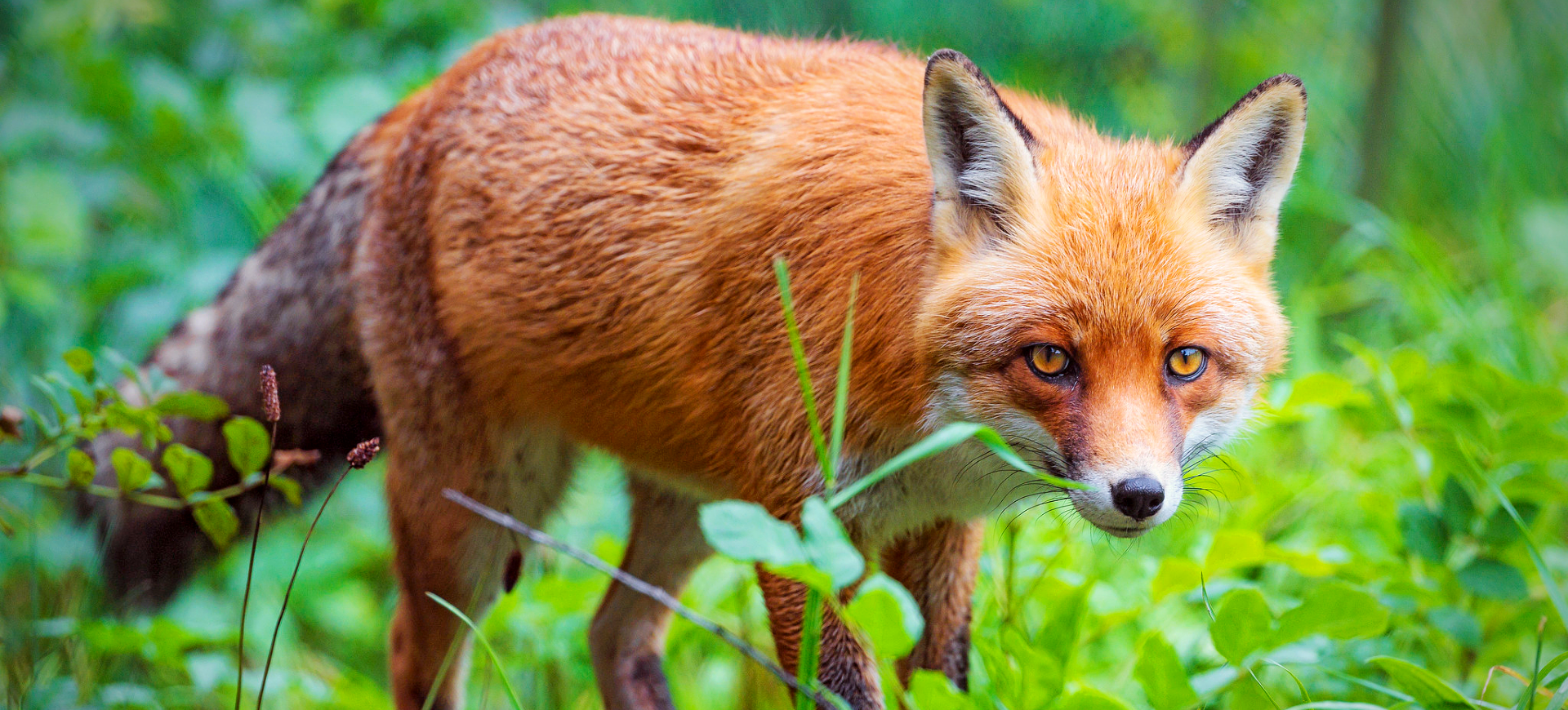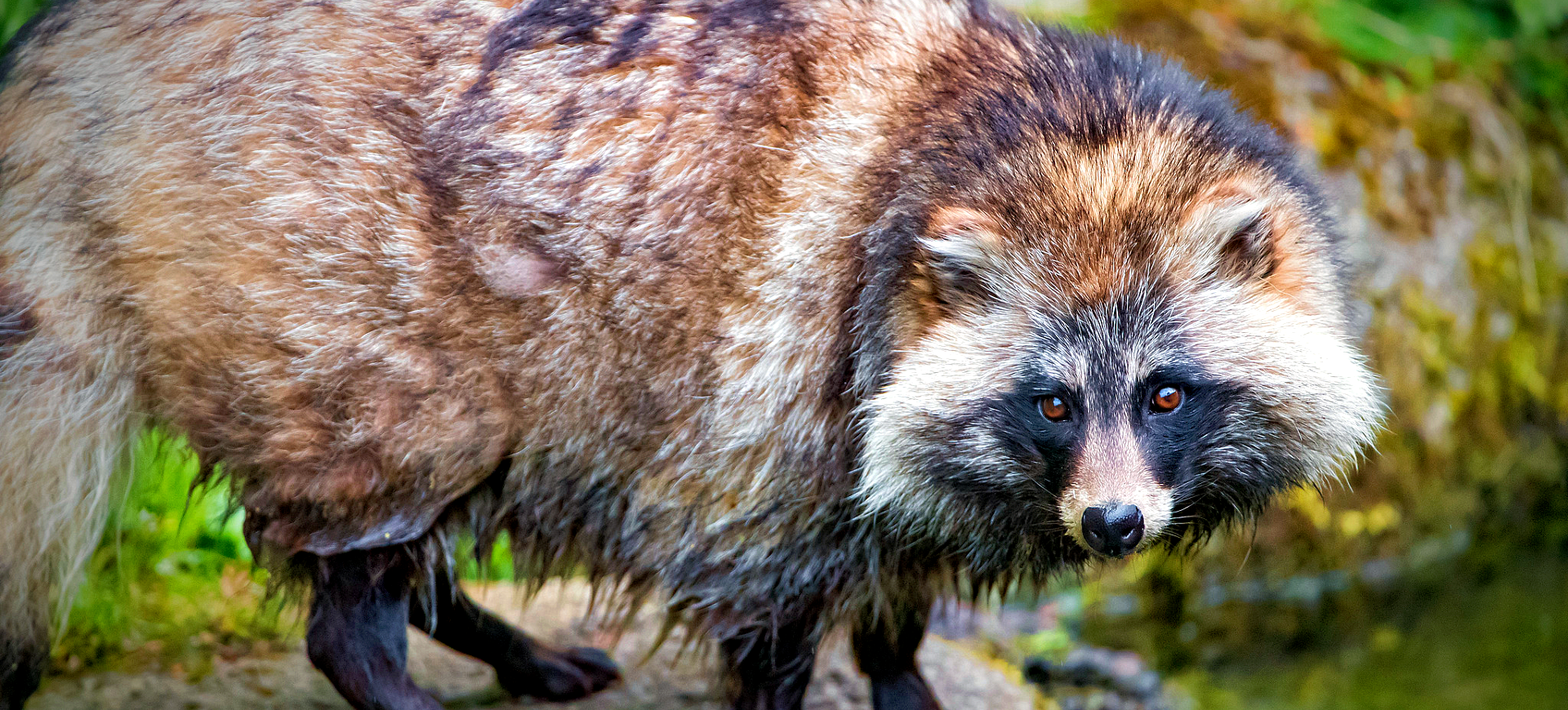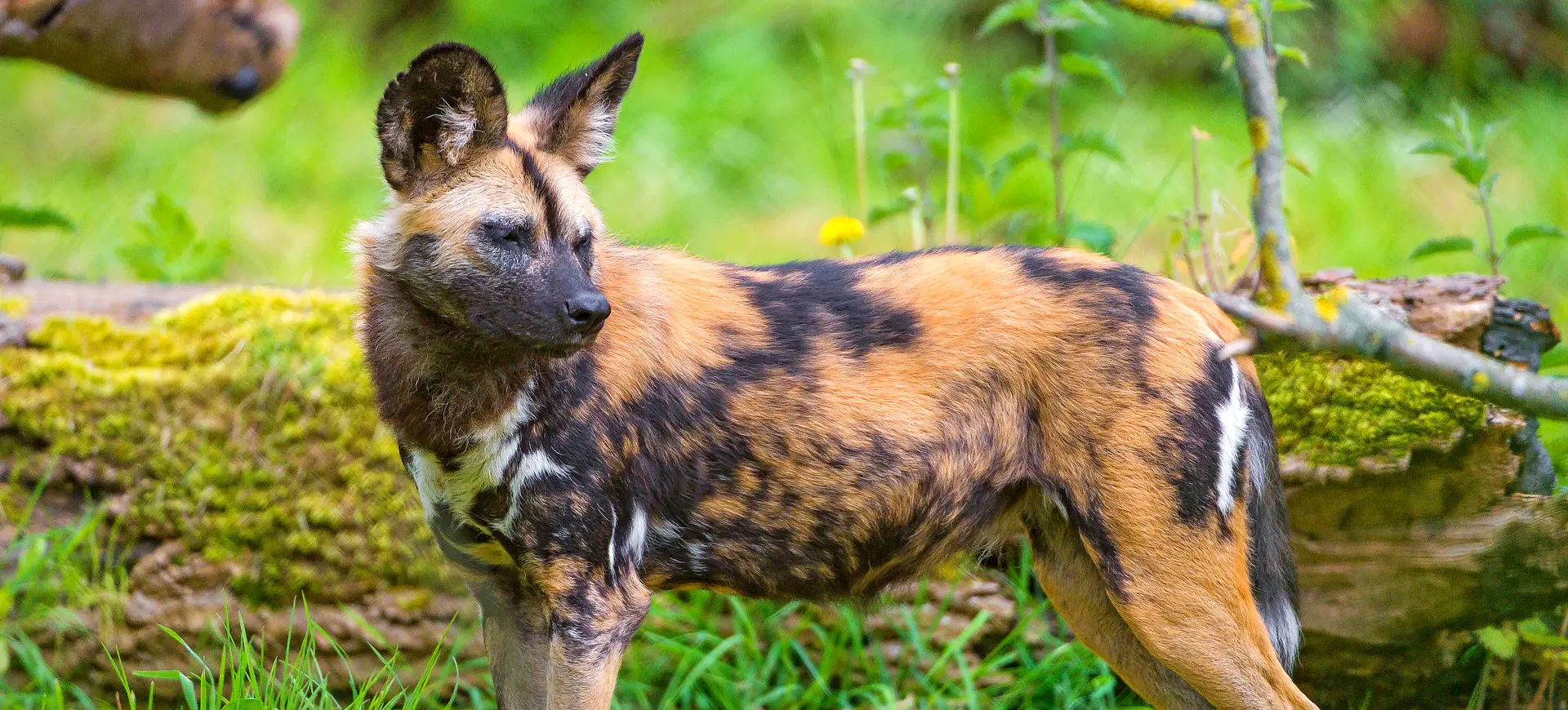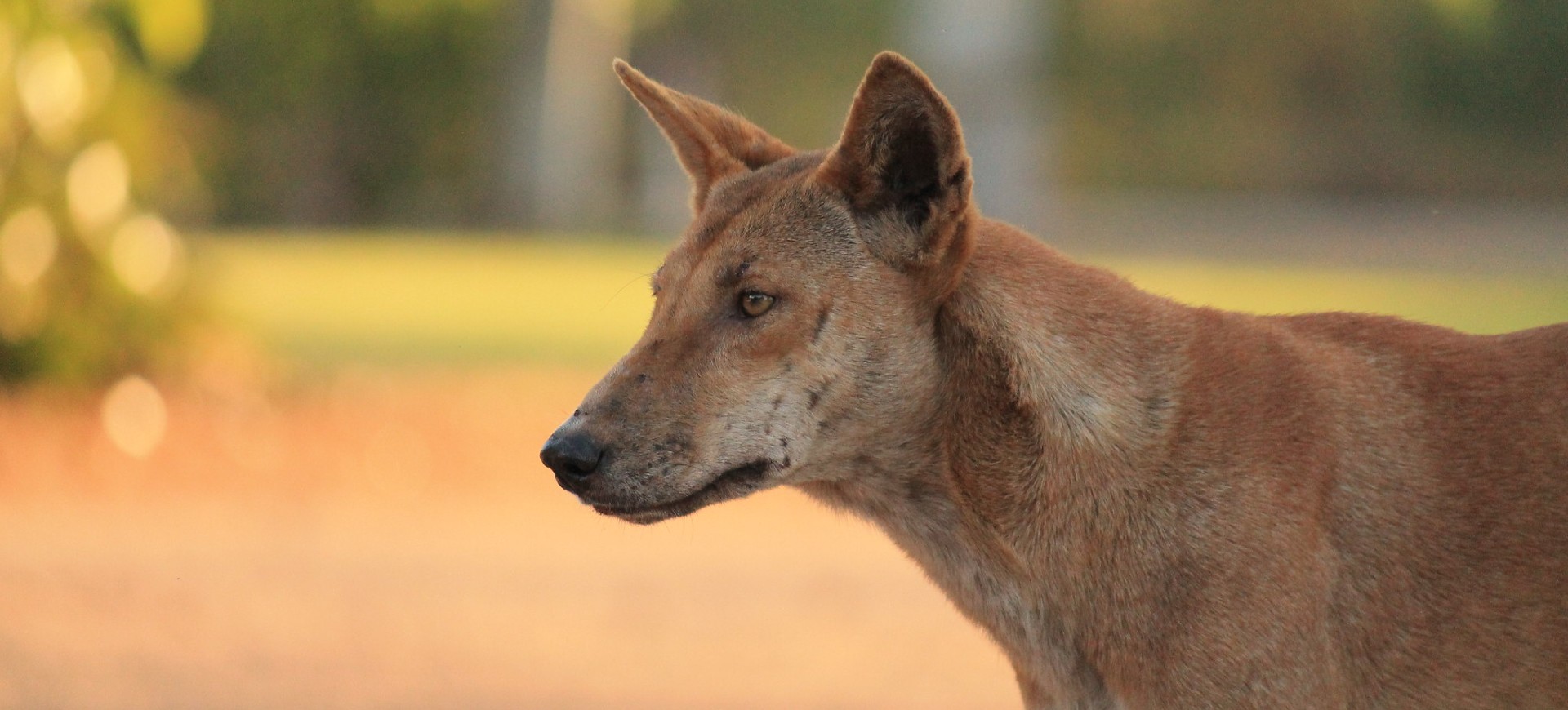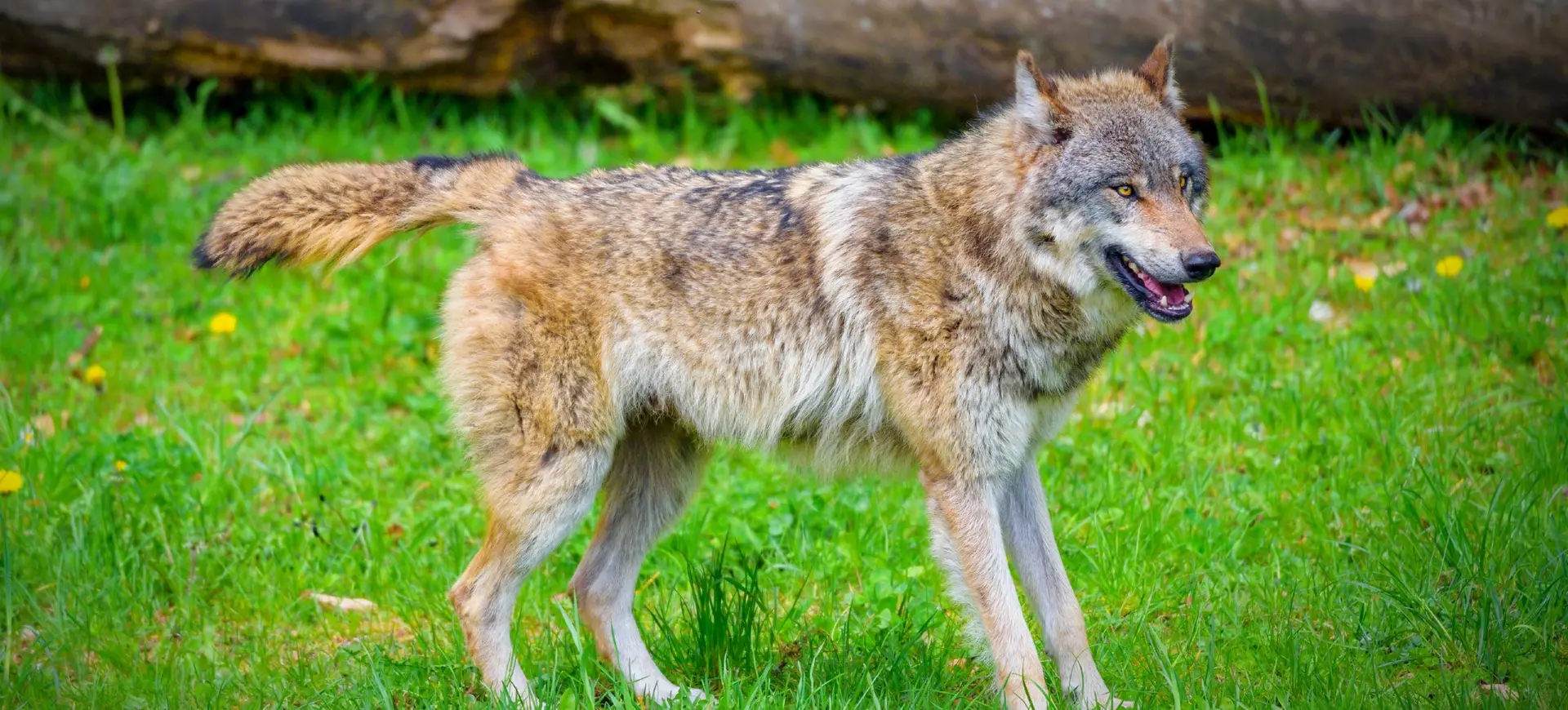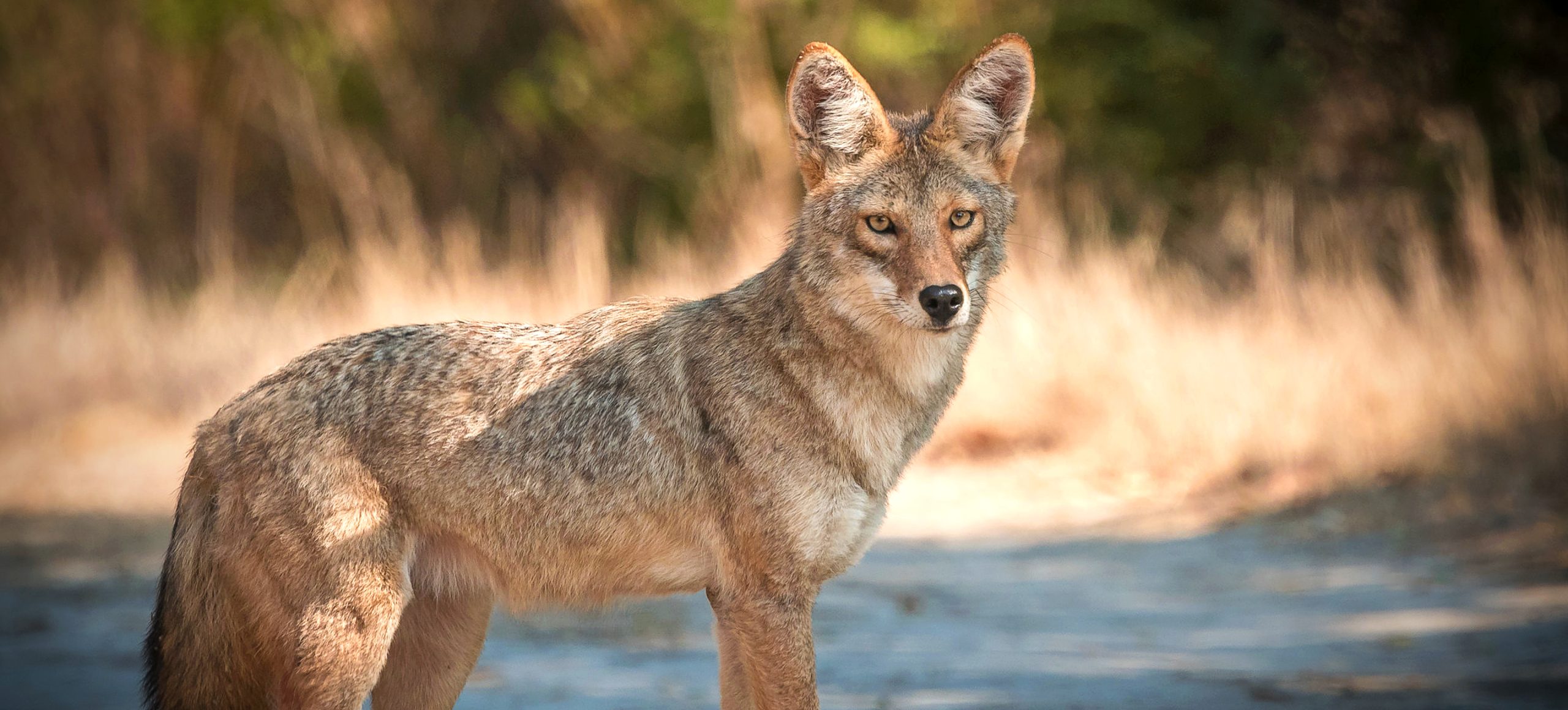Overview
The New Guinea singing dog (Canis lupus dingo) is a rare, primitive canine known for its unique vocalizations that resemble singing. It is native to the highlands of New Guinea, where it lives in remote, mountainous forests. This species is elusive and seldom seen, contributing to its mysterious and intriguing reputation. New Guinea singing dogs are highly intelligent and display complex social behaviors.
This canine is well-adapted to its rugged environment, possessing agility and endurance for navigating steep terrain. It has a distinctive appearance, characterized by a fox-like face, erect ears, and a bushy tail. Its fur is typically reddish-brown with white markings on the chest, paws, and tail tip. Despite their wild origins, New Guinea singing dogs have shown the potential for domestication and bond closely with humans when socialized from a young age.
Their population is extremely limited in the wild, and sightings are rare, leading to concerns about their conservation status. Genetic studies have shown that they are closely related to Australian dingoes but retain unique traits that distinguish them. Conservation efforts include breeding programs and habitat protection to ensure their survival. Their vocalizations are a communication tool and a key identifier of the species, adding to their cultural and scientific significance.
Current distribution:
The distribution of New Guinea singing dogs in the wild is highly restricted and primarily confined to the central mountain ranges of New Guinea. Confirmed sightings and evidence of their presence are scarce, largely due to the inaccessibility of their habitat. Reports and genetic studies suggest small, isolated populations exist in regions such as the Star Mountains and the Papuan Highlands. Their elusive nature and the dense forest cover make field studies challenging, leading to limited data on their exact range.
Occasionally, individuals have been spotted in more remote and undisturbed parts of their native range, often far from human settlements. Conservationists and researchers rely on camera traps and genetic sampling to monitor these populations. The ongoing threat of habitat loss due to logging and agricultural expansion further complicates efforts to determine their distribution. Continued research and conservation initiatives are critical to better understanding their range and ensuring their protection.
Physical Description:
The New Guinea singing dog is a medium-sized canine with a slender, agile build suited for its mountainous habitat. Adults typically have a shoulder height of 12-18 inches (30-45 cm) and weigh between 20-30 lbs (9-14 kg). Their coat is short and dense, usually reddish-brown or golden, with white markings on the face, chest, and feet. The ears are erect and pointed, enhancing their keen sense of hearing.
Their eyes are almond-shaped and vary from amber to dark brown, reflecting their alert and intelligent nature. The tail is bushy and carried curled over the back, a trait that adds to their distinctive silhouette. They possess strong, well-muscled legs that enable them to traverse steep and rocky terrain with ease. New Guinea singing dogs are noted for their remarkable flexibility, often compared to a cat’s, allowing them to climb and leap with agility.

Lifespan: Wild: ~12 Years || Captivity: ~15 Years

Weight: Male: 20-30 lbs (9-14 kg) || Female: 17-25 lbs (8-11 kg)

Length: Male: 26-32 in (66-81 cm) || Female: 24-30 in (61-76 cm)

Height: Male: 15-18 in (38-45 cm) || Female: 12-16 in (30-40 cm)

Top Speed: 30 mph (48 km/h)
Characteristic:
Native Habitat:
New Guinea singing dogs inhabit the dense montane forests and alpine regions of New Guinea, typically at elevations above 7,000 feet (2,130 meters). These areas provide the seclusion and rugged terrain that suit their elusive nature. Their habitat is characterized by thick vegetation, steep slopes, and rocky outcrops, which they navigate with remarkable agility. They prefer areas with abundant cover, allowing them to avoid larger predators and human contact.
The climate in these regions is tropical to subtropical, with significant rainfall and cooler temperatures at higher altitudes. Their thick, double-layered coat provides insulation against the cold, damp conditions often encountered in their habitat. They are rarely found in lowland areas, preferring the higher altitudes that offer a more stable and undisturbed environment. Seasonal variations in their habitat influence their movement and behavior, often driving them to lower elevations during periods of extreme weather.
Biogeographical Realms:
Continents:
Countries:
Diet:
Diet & Feeding Habits:
The New Guinea singing dog is an omnivore whose diet primarily consists of small mammals, birds, and insects. It is also an opportunistic feeder, consuming fruits, vegetation, and carrion when available. In its native habitat, the singing dog hunts using a combination of stealth and speed, relying on its acute senses to locate prey. The singing dog has been observed foraging alone or in small family groups, showcasing its adaptability in food acquisition.
Their diet in captivity often includes a mix of meat, fish, and specially formulated canine food to ensure balanced nutrition. Their high energy levels require a protein-rich diet to maintain their muscular build and active lifestyle. Feeding practices may include enrichment activities to simulate hunting and foraging behaviors, which are essential for their mental and physical well-being. Access to fresh water is crucial, especially in captivity, where their natural foraging behaviors are limited.
Mating Behavior:
Mating Description:
New Guinea singing dogs are monogamous, forming long-term pair bonds that last through multiple breeding seasons. Mating typically occurs once a year, with a gestation period of approximately 63 days. Breeding pairs are highly cooperative, with both parents participating in the care and protection of their offspring. The female usually gives birth to a litter of 1-6 pups born blind and helpless.
Pups are nursed and cared for in a den, often in a secluded and protected area. Both parents take turns hunting and bringing food to the den, demonstrating a high level of parental investment. The young begin to emerge from the den at around three weeks of age and are weaned by eight weeks. Social bonds within the family group are strong, and juveniles often remain with their parents for several months before dispersing.
Reproduction Season:
Birth Type:
Pregnancy Duration:
Female Name:
Male Name:
Baby Name:
Social Structure Description:
New Guinea singing dogs exhibit a complex social structure, often forming small family groups. These groups typically consist of a breeding pair and their offspring, with strong bonds between members. Communication within the group is facilitated through vocalizations, body language, and scent marking. Their distinctive vocalizations, including howls and whines, are significant in maintaining social cohesion and territory defense.
Juveniles remain with their parents for several months, learning essential survival skills before dispersing. The social hierarchy within the group is usually stable, with the breeding pair maintaining dominance. In captivity, they can form bonds with humans and other dogs, displaying affectionate and loyal behavior. Their social flexibility and adaptability are key factors in their survival in the wild and in managed care.
Groups:
Conservation Status:
Population Trend:
The wild population of New Guinea singing dogs is critically low, with fewer than 200 individuals estimated to remain. These small populations are fragmented and isolated, making them vulnerable to genetic bottlenecks and inbreeding. Captive populations exist in zoos and private collections, where breeding programs aim to maintain genetic diversity and increase numbers. However, the challenges of maintaining a sustainable captive population are significant, given their specialized care requirements and low reproductive rates.
Their elusive nature and remote habitat make accurate population assessments difficult in the wild. Conservationists estimate numbers using indirect evidence, such as tracks and camera trap images. Habitat loss and human encroachment threaten their survival, necessitating urgent conservation measures. Efforts to reintroduce captive-bred individuals into suitable habitats are being explored as a potential strategy to bolster wild populations.
Population Threats:
Habitat destruction due to logging, agriculture, and human settlement poses the greatest threat to the New Guinea singing dog. The fragmentation of their habitat reduces available territory and disrupts their natural behaviors. Human-wildlife conflict also impacts their numbers, as they are sometimes killed or captured when they encroach on populated areas. Inbreeding and loss of genetic diversity are significant concerns for the remaining small, isolated populations.
Illegal poaching and capture for the exotic pet trade further diminish their already limited numbers. The introduction of diseases from domestic dogs can also have devastating effects on their health and survival. Conservation efforts are hindered by their habitat’s remote and inaccessible nature, making it challenging to implement and monitor protective measures. Collaborative efforts between conservation organizations, local communities, and governments are essential to address these threats.
Conservation Efforts:
Conservation efforts for the New Guinea singing dog include captive breeding programs and habitat protection initiatives. Zoos and private breeders work to maintain genetic diversity and increase population numbers through carefully managed breeding. In situ conservation efforts focus on protecting the singing dog’s natural habitat from deforestation and human encroachment. Community education and involvement are crucial in promoting coexistence and reducing human-wildlife conflict.
Research programs aim to better understand their ecology, behavior, and genetics, providing valuable data for conservation strategies. International collaborations and funding are necessary to support these initiatives and ensure their success. Reintroduction programs are being considered to establish new populations in protected areas. Continuous monitoring and adaptive management are key to addressing the dynamic challenges faced by this species.
Additional Resources:
Fun Facts
- New Guinea singing dogs are renowned for their musical howling, which can vary in pitch and duration.
- They have extremely flexible joints, allowing them to easily climb trees and rocks.
- Their vocalizations include unique harmonic tones not found in other canines.
- European explorers first documented them in the 1950s.
- Their scientific classification has been debated, with some considering them a subspecies of the dingo.
- They have a strong prey drive and are skilled hunters.
- Singing dogs are known for their playful behavior, especially in captivity.
- They have a keen sense of hearing, which aids in detecting prey and communicating with pack members.
- Despite their wild nature, they can form strong bonds with humans when socialized.
- Their conservation status is precarious, making every individual critical for the species’ survival.








